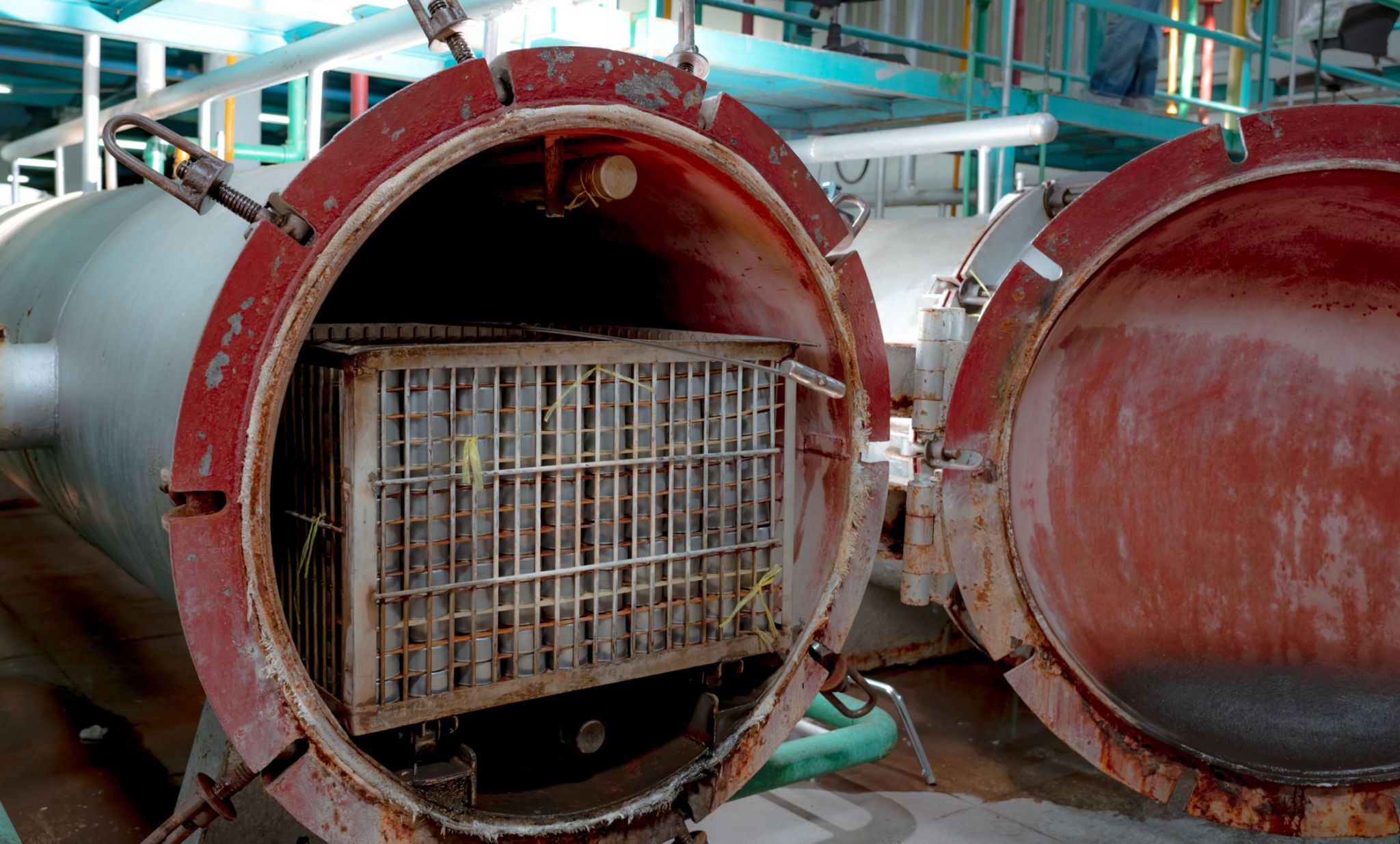Exploring the Latest Trends in Food Tech: The Rise of HPP
Understanding HPP: A Game-Changer in Food Tech
In the ever-evolving world of food technology, High-Pressure Processing (HPP) has emerged as a groundbreaking method that is reshaping how we think about food preservation and safety. This innovative technique uses high pressure instead of heat to eliminate harmful bacteria and extend the shelf life of food products without compromising their nutritional value or flavor.
HPP is gaining traction because it aligns with consumer demands for fresh, clean-label products. With an increasing number of people becoming health-conscious and environmentally aware, the food industry is under pressure to adopt methods that preserve the natural quality of food while reducing waste.

The Science Behind High-Pressure Processing
At its core, HPP is a cold pasteurization technique involving the application of extreme pressure, up to 87,000 psi, to packaged food. This pressure disrupts the cellular structure of bacteria and pathogens, effectively neutralizing them. The process does not require high temperatures, which means that the taste, color, and nutritional content of the food remain intact.
One of the significant advantages of HPP is its ability to ensure food safety without the use of preservatives. This aligns perfectly with the growing trend towards 'clean eating,' where consumers are looking for foods that are free from artificial additives.

Benefits to Consumers and Producers
The benefits of HPP extend to both consumers and producers. For consumers, the technique means access to fresher tasting and longer-lasting food products. For producers, it offers a way to innovate their product lines while reducing waste and extending shelf life, ultimately leading to cost savings.
Additionally, HPP is versatile and can be applied to a wide range of products, from juices and smoothies to meats and seafood. The ability to maintain the quality of these products while ensuring safety is a significant advantage in today’s competitive market.
- Improved food safety without preservatives
- Extended shelf life
- Retention of sensory and nutritional qualities
- Reduction in food waste
The Future of Food Tech with HPP
As HPP technology continues to advance, we can expect to see even more applications across different food categories. The ongoing research aims to enhance the efficiency and cost-effectiveness of this technology, making it accessible to smaller producers as well.
The rise in demand for HPP products is also driving innovation in packaging materials and equipment design, further contributing to sustainability goals. As these technologies become more widespread, the possibilities for new product development are endless.

Challenges and Considerations
Despite its many advantages, there are challenges associated with implementing HPP. The initial investment in equipment can be substantial, which may be a barrier for some smaller producers. Additionally, not all foods are suitable for this process, requiring careful selection and experimentation.
There’s also a need for increased consumer awareness. While many consumers are familiar with pasteurization, the concept of using pressure instead of heat may require education to build trust in the technology and its benefits.
Conclusion: Embracing a New Era in Food Technology
High-Pressure Processing is undoubtedly paving the way for a new era in food technology. By offering a method that is both effective and environmentally friendly, it addresses many modern-day challenges faced by both consumers and producers. As awareness grows and technology becomes more accessible, HPP will likely play a central role in shaping the future of our food systems.
Embracing HPP not only means keeping up with current trends but also preparing for a future where food safety, quality, and sustainability go hand in hand. As we look ahead, it’s clear that this technology holds great promise for revolutionizing our approach to food preservation.